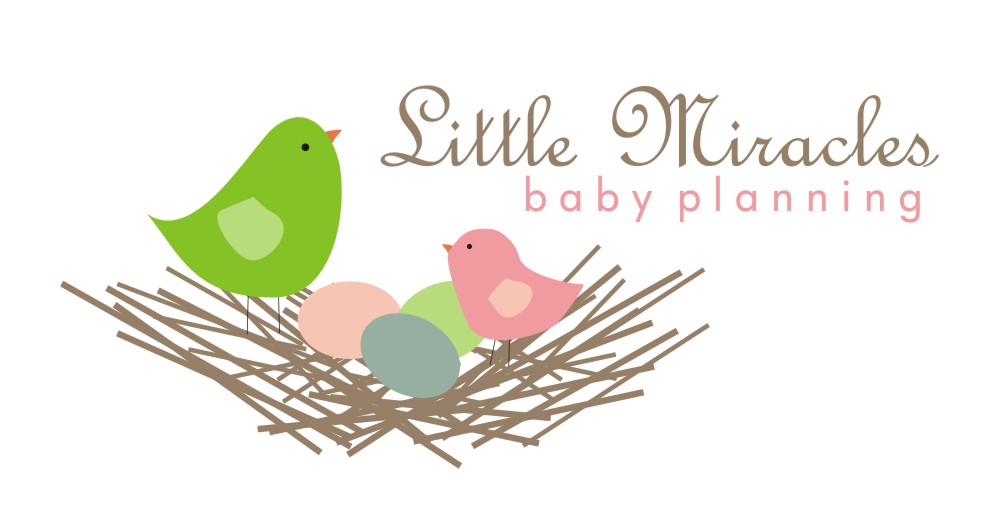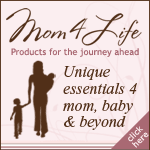I’m pretty excited to have published my first article! It’s currently online and will be in the next Charlotte print edition of the Expectant Mother’s Guide.
The words organic, green, and eco-friendly are often mistakenly associated with the word expensive. Instead they should be associated with the word HEALTHY.
If you’ve ever thought about “going green” and living a more planet-friendly lifestyle, the absolute best time to start learning is when you are going to have a baby. Raising a baby “green” shouldn’t require you to spend a lot of money or make huge changes in your lifestyle. Every little thing you can do helps not only our environment, but improves the health of your child. So let’s start small, with baby steps, and work toward creating a healthy environment for all our children.
Green Your Womb
While developing in your belly, your baby is also absorbing chemicals and nutrients from her outside environments, all of which have an impact on her development. You can control these outside influences by making smart choices in what you eat, drink, breathe, and put on your skin.Buying organic produce is the best way to avoid harmful pesticides while you are pregnant. Pesticides have been linked to a range of health problems, including asthma, hyperactivity and behavior problems, cancer, learning disabilities, reproductive disorders, and compromised brain development. Although organic produce is more expensive, it is definitely an investment worth making for the health of you and your baby. Buying frozen organic produce can help save you money. Another way to save money is to focus your organic purchases on the “dirty dozen” – the twelve fruits and vegetables with the highest pesticide residue: celery, peaches, strawberries, apples, blueberries, nectarines, peppers, spinach, kale, cherries, potatoes, and grapes.
Cutting back on processed foods also helps eliminate harmful additives that you may pass on to your baby. Many processed meats are preserved with nitrates, which are often cited as having links to cancer. Pre-packages meals and snacks typically cost more, so when you can, opt instead for making your own meals at home from fresh produce and meat.
It is especially important for pregnant women to stay hydrated. The water you drink not only supplies the liquid for your amniotic fluid, it also carries nutrients through your blood to your baby. You can save money by not buying disposable water bottles. Instead, buy one reusable non-plastic large water bottle such as the Klean Kanteen (stainless steel) or Life Factory (glass). Fill your water bottle as often as possible with purified water by simply using a filter with regular tap water.
Green Your Home
One of the best ways to green your home is to learn which common plastics are not safe to have around. Chemicals such as BPA, PVC, and phthalates are often found in plastics and are all known to be endocrine disrupters linked to negative health effects. Check the number in the triangle on your plastic dishware items. Numbers 3, 6 and 7 may contain one or more of these harmful chemicals and should be avoided. BPA is slowly being phased out of many items like baby bottles, but still be very careful when buying any item for baby such as bottles, teethers, pacifiers or sippy cups that they are clearly labeled free of BPA, PVC, and pthalates.Babies have faster respiration than adults, so they ingest more chemicals and fumes. In 1989, the EPA estimated that the fumes produced by common household cleaners were three times more likely to cause cancer than other air pollutants. Many commercial cleaners contain harmful chemicals, even some labeled “all-natural.” There are, however, several green brands found readily available in stores such as Seventh Generation and BabyGanics (and you can often find coupons for these products on their websites). Read labels CAREFULLY as the following terms are not regulated and may contain questionable ingredients: nontoxic, bio-based, chlorine-free, organic, phosphate-free, natural fragrance, and/or biodegradable.
You can also save a lot of money and safely clean your home by making your own cleaning products with white vinegar and baking soda. When your baby is crawling all over the house and putting everything in her mouth, you want to make sure you are cleaning your home with all-natural products.
Green Your Nursery
Your baby will spend more than half his day sleeping in his crib, so his mattress is a very important place to start. An organic crib mattress may cost you more, but if there is one best investment for your baby, this would be it. The chemicals found in the vinyl that composes most regular mattresses have even been linked to causing SIDS. Most organic crib mattresses, like Naturepedic, are made with organic cotton and provide non-toxic fire protection and food grade waterproofing.Cloth diapering often intimidates new mothers, but it certainly has come a long way since the days of prefolds and pins. Using cloth diapers instead of disposables can easily save you over $1,000 for the two years your child is in diapers (and some kids wear diapers a lot longer than that!). The most popular kinds of cloth diapers are the pocket diaper and the all-in-one diaper (brands like Bum Genius or Bumpkins). Both styles feature snaps or Velcro on the waterproof outside plus a cotton absorbency layer on the inside, and work just like a regular disposable diaper. Many brands now make a “one size” diaper where you can adjust the size of the diaper to use it from newborn to toddler.
Don’t feel like you have to make an “all or nothing” commitment when it comes to cloth diapering. Many new moms like to buy a few cloth diapers to try at first. Once they realize how easy, economical, and good for their baby (and the environment!) they are, they make the switch. Some moms take a hybrid approach – part-time cloth and part-time disposable. Whatever you choose, make sure that it works for your budget and your lifestyle.
Bamboo is a great eco-friendly fabric for use in a baby’s nursery. Bamboo is not only one of the softest fabrics you will ever put next to your baby’s skin, it is extremely sustainable since it grows in abundance at an amazingly fast rate. It is also naturally antimicrobial and therefore does not require any pesticides or herbicides throughout its growth process. There is a wide assortment of bamboo items available for baby: bedding, clothing, bibs, towels, burp cloths, stuffed animals and more.
Whether it’s eating organic while pregnant or using cloth diapers, making your own cleaners or knowing which chemicals to avoid, any baby steps we can make toward a healthier environment for our babies is a baby step in the right direction!
Editorial provided by Abby Stonewall Kapp, baby planner and owner of Little Miracles Baby Planning in Charlotte, NC.

.png)




1 comment:
I was very pleased to find this site.I wanted to thank you for this great read!! I definitely enjoying every little bit of it and I have you bookmarked to check out new stuff you post.
Baby Food
Post a Comment